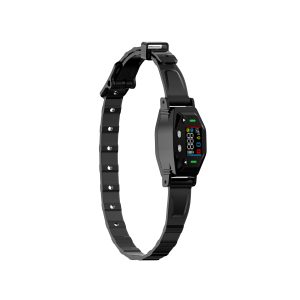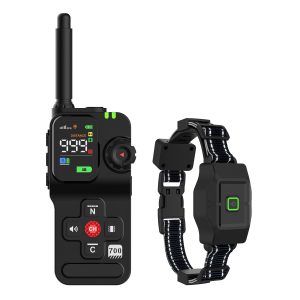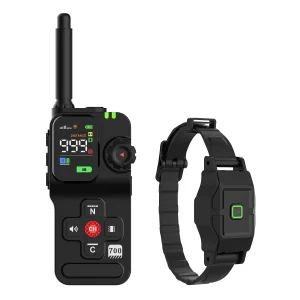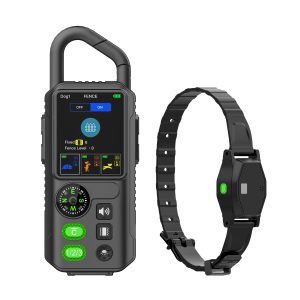Effective Strategies for Training Your Dog with a Training Collar
Training your dog with a training collar can be a highly effective tool for behavior modification and teaching new commands. However, using it properly is key to both your dog’s well-being and the success of the training process. Here are some tips on how to use a dog training collar effectively:
1. Choose the Right Collar
Before starting training, make sure you select a collar that fits your dog comfortably and is appropriate for the training goals you have in mind. There are different types of collars such as shock, vibration, or spray collars, so choose one that aligns with your training philosophy.
2. Introduce the Collar Gradually
It’s important to introduce the collar gradually to your dog. Let them sniff and get used to the collar before putting it on. Start by associating the collar with positive experiences such as treats, so your dog doesn’t see it as a punishment device.
3. Use Positive Reinforcement
When using the training collar, remember to use positive reinforcement techniques. Reward your dog with treats, praise, or play whenever they respond correctly to a command. This will help them associate the collar with positive experiences.
4. Be Consistent
Consistency is key in dog training. Use the collar consistently and ensure that all members of your household are on the same page regarding the training methods and signals used with the collar.
5. Monitor Your Dog’s Reactions
Pay attention to your dog’s reactions when using the collar. If they show signs of distress or discomfort, stop immediately and reassess your training approach. The collar should never be used to instill fear in your dog.
6. Practice Patience
Training takes time, so be patient with your dog. Rome wasn’t built in a day, and neither are perfectly trained dogs. Celebrate small victories and progress, and don’t get discouraged by setbacks.
By following these effective strategies, you can utilize a training collar to effectively train your dog and strengthen your bond with them. Remember, the goal is to create a positive learning experience for your dog, not to instill fear or stress. Happy training!




